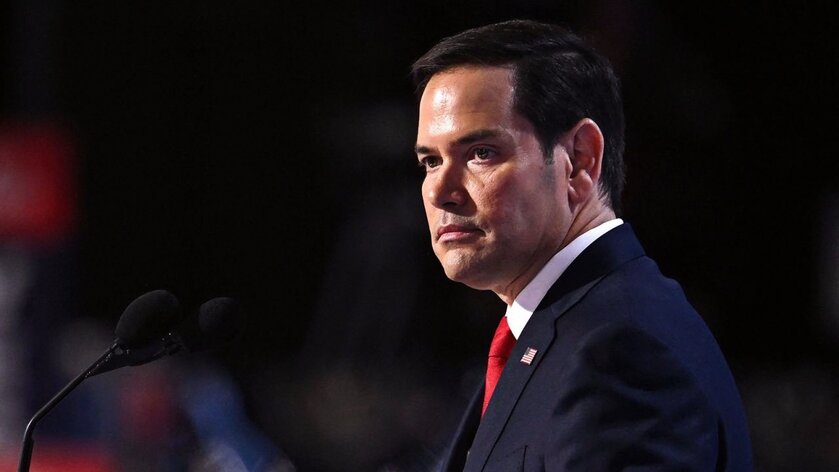President Trump and Russian President Vladimir Putin held a summit on Friday, at Joint Base Elmendorf-Richardson in Anchorage, Alaska, for high-stakes discussions on Russia's war in Ukraine. The meeting lasted approximately three hours, beginning after 3 p.m. EDT when the two leaders greeted each other on the airport tarmac, and concluded around 7 p.m. EDT with a joint press appearance.
Trump described the talks as "very profound" and "extremely productive," stating that "many points were agreed to" and that he and Putin were in agreement on "most points". He acknowledged that "a couple of big ones" remained unresolved but expressed optimism, saying, "We have a very good chance of getting there". Trump emphasized, "There's no deal until there's a deal," and noted he would contact NATO leaders and Ukrainian President Volodymyr Zelenskyy to brief them on the discussions.
Putin also struck a positive tone, hinting that the two sides had reached "agreements," though he did not specify their nature. He stated that U.S.-Russia relations have "fallen to the lowest point since the Cold War" and claimed Trump wanted to address the "crux of the matter" in Ukraine.
The Russian leader asserted that the conflict relates to "fundamental threats to our security" and argued that lasting peace requires eliminating the conflict's root causes. He expressed hope that the agreements reached would serve as a starting point not only for resolving the Ukrainian issue but also for restoring "business-like and pragmatic relations" between the two nations.
Putin confirmed that the war in Ukraine would not have started if Trump had been president in 2022. He stated, "Today, when President Trump says that if he was President back then, there would be no war. And I'm quite sure that it would indeed be so. I can confirm that," adding that he had previously warned the Biden administration against allowing the situation to escalate to hostilities.
Neither leader took questions from reporters at the Alaska press conference. Zelenskyy, who was not invited to the summit, had previously warned that "talks about us, without us, will not work" and told Western leaders he believed Putin was "bluffing" and did not genuinely seek peace. No plans for a follow-up meeting involving Ukraine were announced.
Speaking to Fox News' Sean Hannity after the press conference with Putin, Trump said Ukraine could possibly not agree to a deal with Russia because former President Joe Biden “handed out money like it was candy,” referring to the billions of dollars in military aid.
“I think we're pretty close to it. And look, Ukraine has agreed to it," Trump told Hannity. "Maybe they'll say no because Biden handed out money like it was candy. And Europe gave them a lot of money. You know, we gave $350 billion. Europe gave them much less, but still a lot. $100 billion.”
The United States has given Ukraine billions in military aid, weapons and training as since the war started. Ukrainian forces continue to battle Russian's military.
Trump said he believed the deal was close to being agreed upon but that “so many things can happen.”
“But I think President Putin would like to solve the problem," he said. "And it was a problem that should have never happened.”















